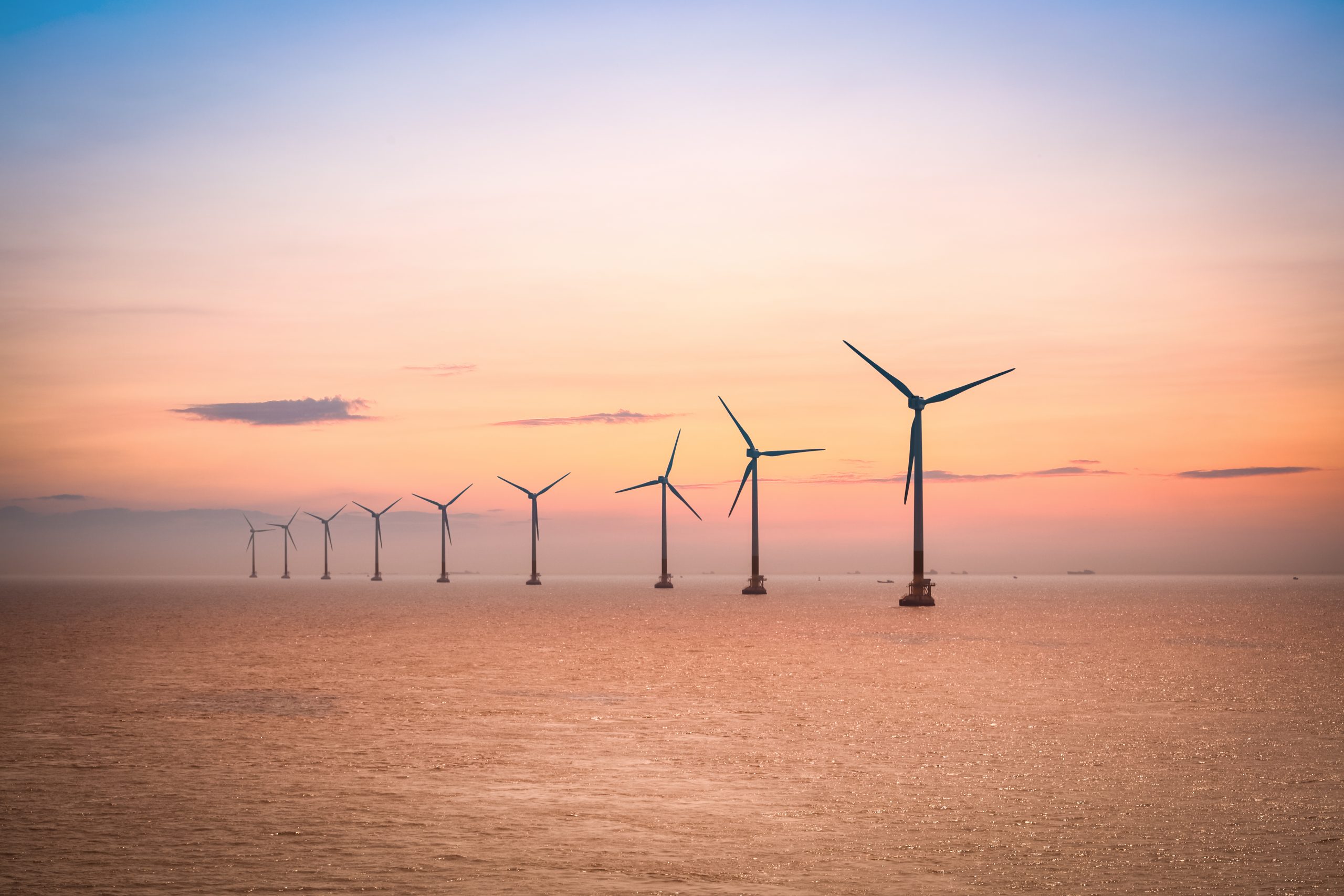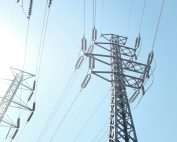The government’s draft amendment to the RES Act has increased the volume and timing of offshore auctions. Now, from the previously foreseen 5 GW, government plans call for auctions for a maximum total installed capacity of offshore wind farms at 12 GW. According to PWEA, when the full potential of offshore wind farms is realized, offshore could form the future basis of energy generation in Poland, meeting up to 57% of total electricity demand.
Electricity from the first Polish wind farm in the Baltic Sea will flow as early as 2026. There has never been such a dynamically developing renewable energy technology in Poland, or in the world, before. Preparatory work for the construction of the first wind farms in the Polish part of the Baltic Sea is currently underway. Administrative procedures are also underway, as a result of which further project permits will be granted for the so-called Phase II development.
The Baltic Sea’s potential has been recognized by the government, which has increased the volume and timing of offshore auctions in an amendment to the RES Act (UC99) prepared by the Ministry of Climate and Environment. From the previous 5 GW (2.5 GW each in 2025 and 2027), government plans now call for auctions for a maximum total installed capacity of offshore wind farms of 12 GW (4 GW in 2025, 4 GW in 2027, 2 GW in 2029 and 2 GW 2031).
According to the PWEA report “Offshore Wind Energy Potential in Poland”, Poland has an offshore wind potential of 33 GW. As part of the work on the report, 20 new places with a total area of 2171.5 km2 were identified, including 18 in the exclusive economic zone and 2 in the territorial sea, which have the potential to be used for OWE development. The potential of these areas is 17.7 GW, with foreseen energy production of 70.7 TWh.
– If the total potential of the Baltic Sea is utilized, offshore wind power could satisfy as much as 57% of Poland’s total electricity demand, and local content could reach 65%, which undoubtedly represents an opportunity for the Polish economy, says Janusz Gajowiecki, President of the Polish Wind Energy Association.
This is not the only favorable change for the offshore industry. At a session of the Sejm on 15 December 2022, the law on special protection of certain consumers of gaseous fuels in 2023 was passed due to the situation in the gas market. The law, signed by President Andrzej Duda on December 19, contains a number of solutions favorable to the development of OWFs, removing some of the administrative barriers identified in the investment process.
– The adopted amendments introduce a number of provisions favorable to the offshore wind sector, which PWEA has been calling for over the past months. Among the key changes, from the point of view of the OWE sector, one should mention clarification of dates for valorization of the price indicated in the ERO decision, tying the level of support to the exchange rate, which constitutes a “realisation” of the maximum price by changes in the exchange rate, or ensuring validity of the location permit for the entire life of the investment, notes Janusz Gajowiecki, President of the Polish Wind Energy Association.
For many months PWEA has been calling for work on the framework of the current legal regulations and for the fastest possible revision of strategic documents, including, first and foremost, the necessary update of PEP2040, which today is based on outdated assumptions, amendment of the Offshore Act, or revision of the spatial development plan for Polish maritime areas adopted in 2021. A desired change is also the simplification of administrative procedures, primarily with regard to the issuance of permits. In addition to changing regulations, to dynamically develop offshore, it is crucial to remove a number of infrastructure barriers, including the construction and modernization of power grids, the construction of ports, as well as installation and service units, or the development of solutions to support hydrogen development.
A major challenge is the construction and modernization of the transmission infrastructure needed to connect wind farms in the Baltic Sea. Poland also needs to strengthen the capacity of interconnections with the Baltic Sea countries. Another barrier is the lengthy and complicated procedures for granting decisions and permits for erecting installations. The lack of infrastructure investment for the construction of installation and service ports generates additional costs for project implementation.
– Despite the many challenges, offshore investments in Poland today are the raison d’etre. As a first step, strategic documents and permitting issues should be optimized so that the first Polish wind farms in the Baltic can be efficiently and effectively built, says the PWEA president.
Offshore wind farms are the best available large-scale RES technology to reduce emissions and allow Poland to meet European climate goals – assuming an annual production of 130 TWh, the decrease in CO2 emissions could be as high as approx. 102 million tons per year. Offshore wind farms can be part of Poland’s sustainable energy mix to support decarbonization and reduce dependence on fossil fuel supplies. Without offshore wind farms, Poland will not develop ambitious technology-related hydrogen projects for green hydrogen production.
PWEA report “Offshore Wind Energy Potential in Poland.” https://konferencja-offshore.pl/wp-content/uploads/2022/11/FarmyMorskie_RaportShort_Prev.pdf
Source: PWEA














